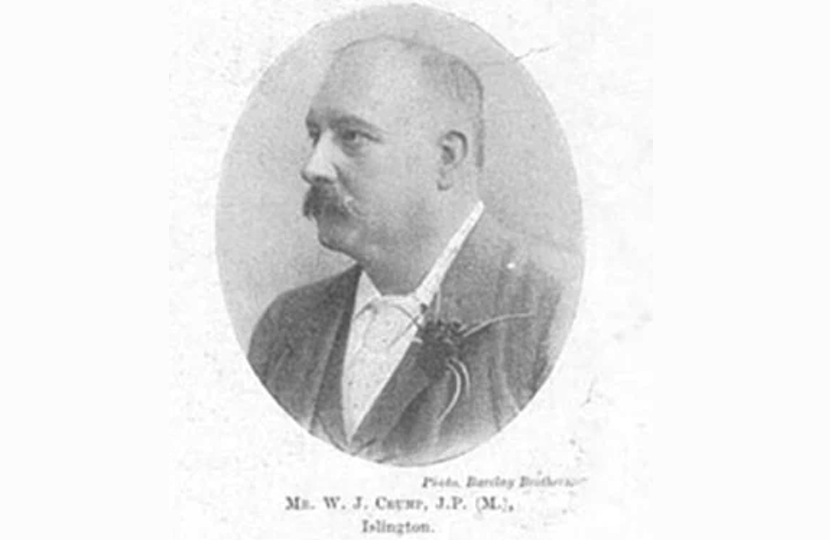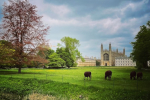
On 9 May 1912, large numbers of Conservatives descended on the Queen’s Hall in London, best-known at that time as the home of Sir Henry Wood’s Promenade Concerts (which thirty years later were forced by the Luftwaffe to move to the Royal Albert Hall). The Tories came not to listen to sublime music, but to make historic changes to the Party’s organisation and name.
The conference had been convened by the National Union of Conservative Associations, to which most, but not all, of the Party’s constituency associations belonged. The Chairman of the National Union, Sir William Crump, a self-made City businessman and Islington’s first mayor, moved the adoption of a report by a Special Committee which recommended the replacement of the existing Party organisation by a new body, to be known as the National Unionist Association of Conservative and Liberal Unionist Organisations. “That”, Crump said, “would in future be the name of the central organisation of both wings of the party.“ (A few years later it was simplified, becoming the National Union of Conservative and Unionist Associations.)
Over the years since its emergence in 1886 as the fierce opponent of Gladstone’s Home Rule scheme for Ireland, the Liberal Unionist Party, led pugnaciously in the Commons by Joe Chamberlain, had drawn so close to the Conservatives that the two Parties had come to operate in practice as two wings of a single entity, known generally as the Unionist Party, though the name had no official status. The historic conference in 1912 united them formally. Crump’s motion was carried “without a single dissentient.”
Joe Chamberlain, incapacitated by a stroke six years earlier, sent a message of warm approval. “I believe”, he said, “that both wings of the party will reap advantage from an amalgamation which will give the Unionist Party as a whole a single central organisation on a popular and representative basis.” They were not, however, amalgamated in quite the way that had been originally intended.
Up until the day before the conference the Conservatives had planned to ditch their name completely. That was what the Party leadership wanted. Members were known as Unionists in everyday politics, and would continue to call themselves Unionists for years to come. It had been agreed formally in early 1912 under the terms of the merger with the Liberal Unionists that the united Party would be known as the National Unionist Association (or Unionist Party for short).
Only last-minute protests by rank and file Conservatives saved their Party’s name. Crump, who had readily agreed to its removal , sided hastily with the protesters. He told the conference: “They had had some strong criticism – he thought just criticism—of the name they proposed to adopt. (Hear, hear.) After consultation as late as the previous night with the Liberal Unionists they had decided to meet the objections—the great objection was the dropping of the word Conservative—by making their name the National Unionist Association of Conservative and Liberal Unionist Organisations. (Cheers.)”
So the word Conservative remained in the political lexicon after all: and between the wars under Stanley Baldwin the Party reverted to it, except in Scotland where the combined forces of Conservatives and Liberal Unionists did formally become the Unionist Party in 1912 and so remained until 1965. (In Ulster, Liberals hostile to Home Rule had already joined the Conservatives, creating Ulster Unionism in 1886).
But while Conservatives in 1912 may have felt a sentimental attachment to the name they had had since the 1830s, it was as Unionists that they took their stand. Crump concluded the Queen’s Hall conference by asking those present “to show the United Kingdom and Ireland that they were prepared to stand shoulder to shoulder as a fused organisation[ with the Liberal Unionists] to help in every way their brethren of Ulster, the loyalists who were calling on Englishmen to come to their help. (Loud cheers.).”
Note. This short article, written in 2012 to mark the Conservative and Unionist Party’s centenary, is based on unpublished material in the Conservative Party Archive at the Bodleian Library in Oxford

